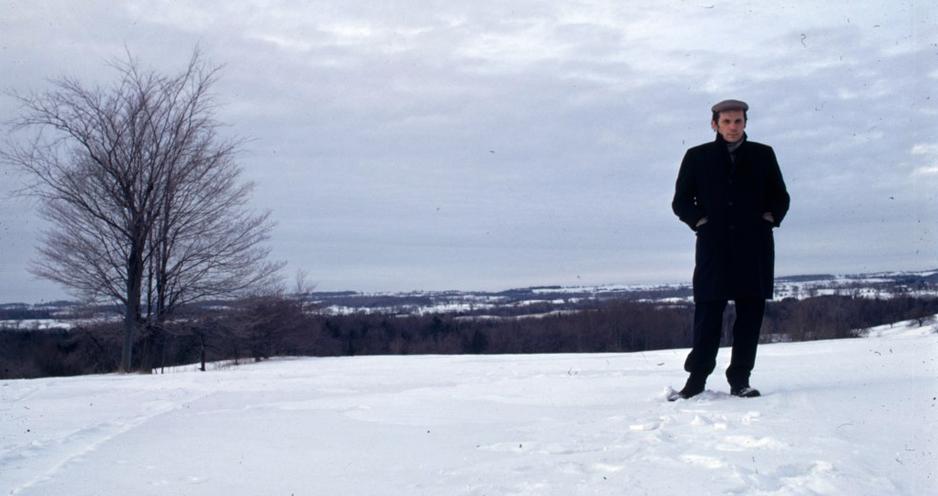Listen to the audio you recorded in Tute #1. Write a paragraph or two about your recording from a technical and/or “poetic” perspective.
Consider:
What these sounds evoke for you. What associations they have.
Do any of your recordings suggest images? What might they be?
Do any of your recordings suggest the possibility of other recordings?
When Mardy and I ventured out to record audio, we decided to focus on capturing the sounds of mundane practices, such as catching the elevator where through the awkward silence you hear all the sounds in the small space and the city noise of crossing the road in day traffic. In technical terms, we just started to record whenever we saw necessary, choosing to capture the sounds of space before and after the major audio we sought to get. In some cases we choose to isolate sound by putting the microphone close to things, such as the pigeons at the State Library, who decided not to co-operated and make pigeon noises when we did this. Otherwise we wanted to capture the sounds as heard through the headphones, where some are louder and more prominent than others within their environments.
From a poetic perspective it was all about appreciating these sounds that we have come to take for granted, therefore making you not only more aware of sound, but form an appreciation of each individual sounds importance to the environments we experience. The audio of the elevator evokes the feeling of being there in that claustrophobic space, as though we tend to block the sound out the orientation of place still occurs. The rapid beeping of the pedestrian walk sign indicating go and the slow beep designating you to stop, have deep associations in our understanding of doing within situations. It’s hard to try and understand what images these sounds might suggest as you know personally where they are recorded from, so when you think of expressing the sound in a pictorial manner you generally think of your encounter with the sounds. In order to express them through images our sounds may have to be disassociated from their pre-established environments therefore allowing them to be used for rhythmic qualities, or their associations can be played on to disorientate the viewer. The sound of the elevator has the ability to suggest the possibility of a conversation, something that many of us have to withstand when travelling between floors; and the road crossing suggest the sound of car motors, sounds which further establish these spaces.

